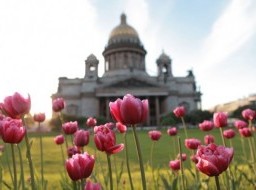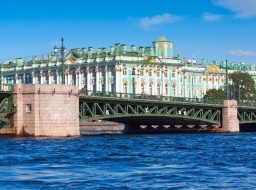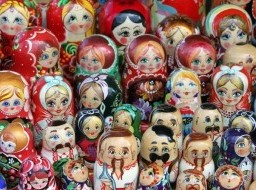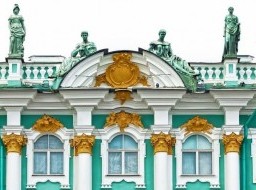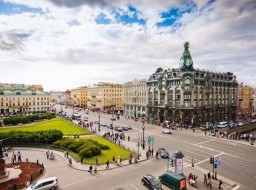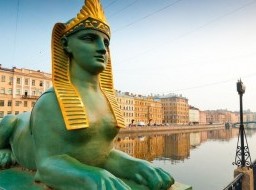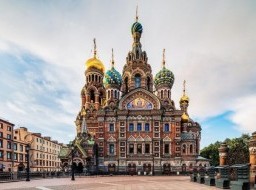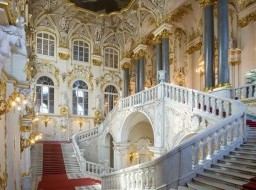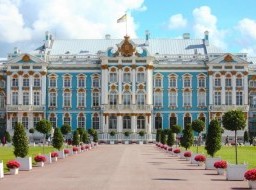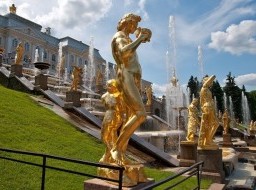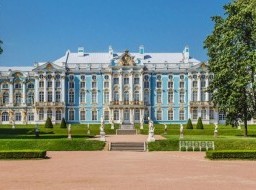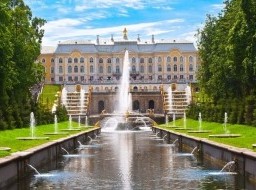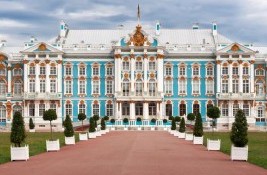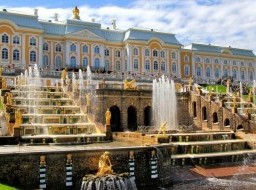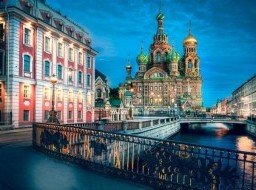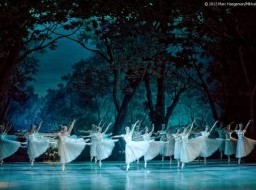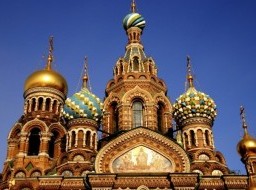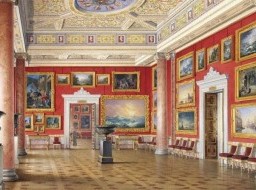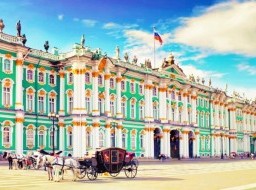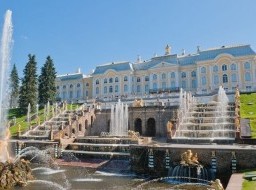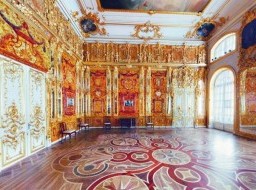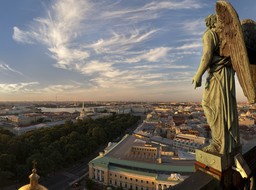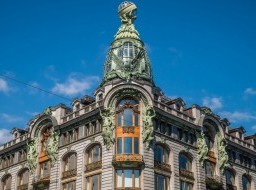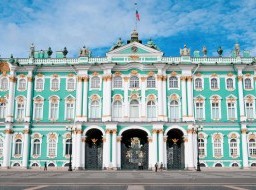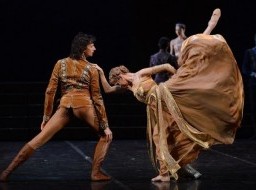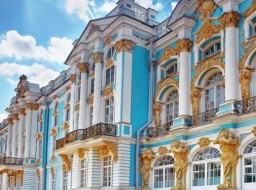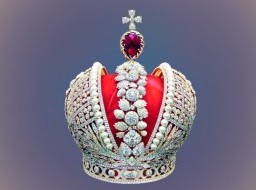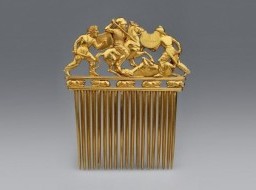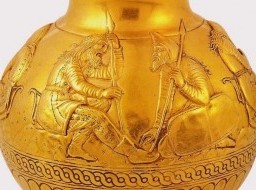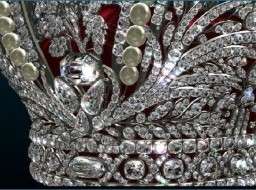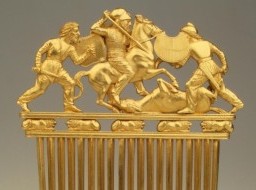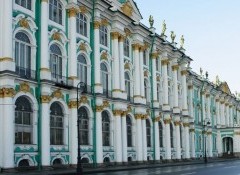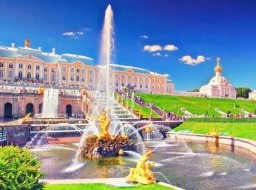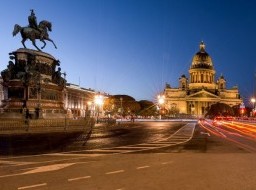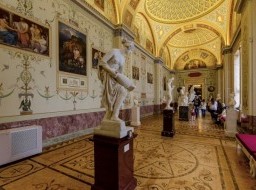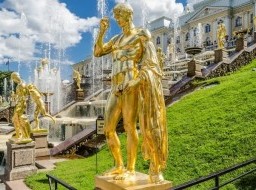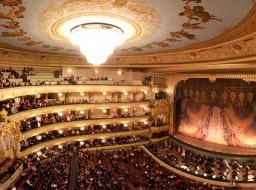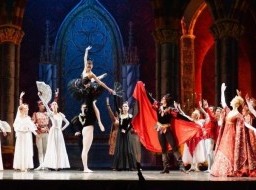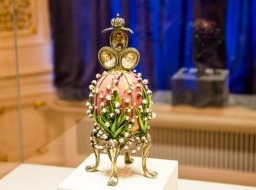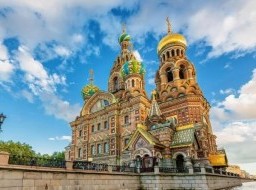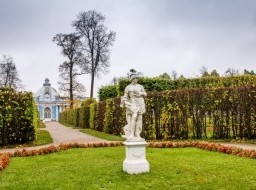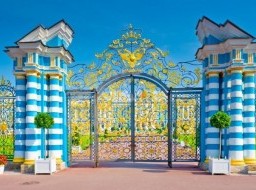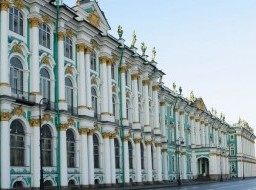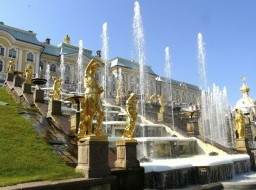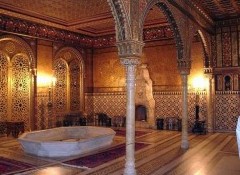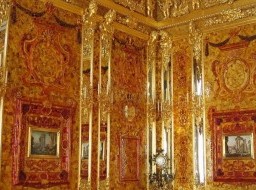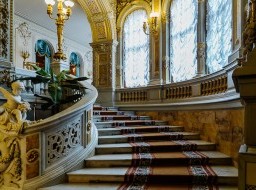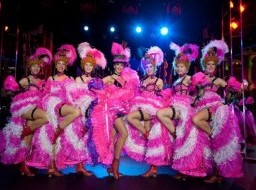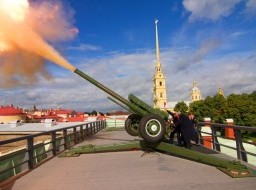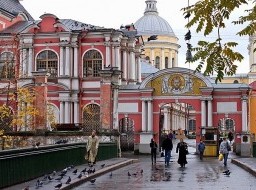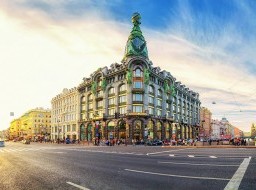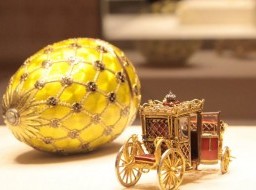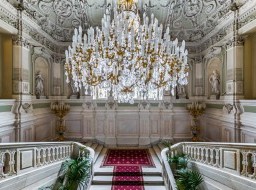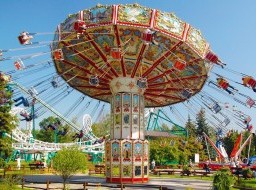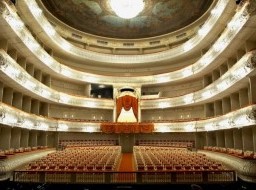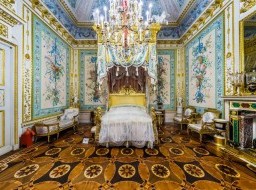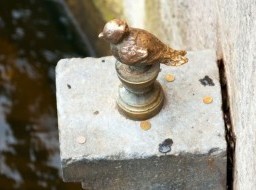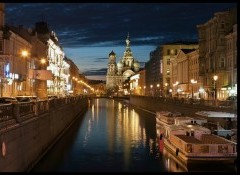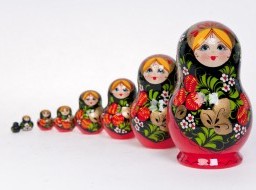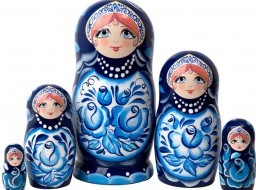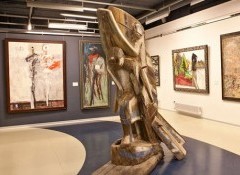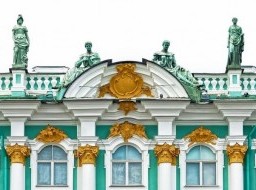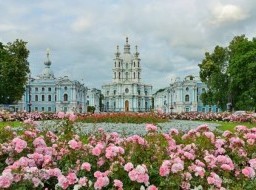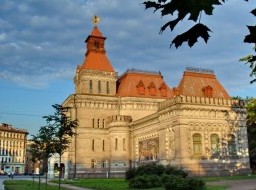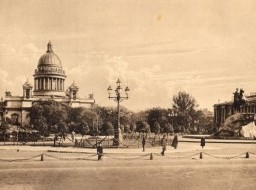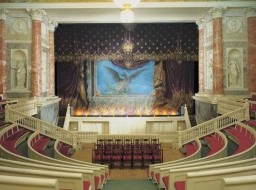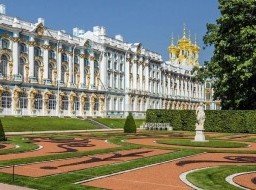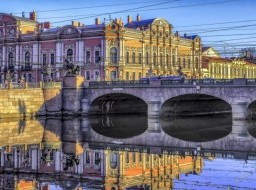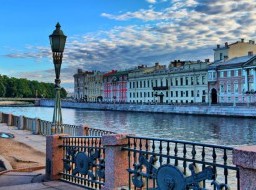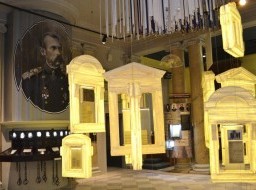Diamond Room of the Treasure Gallery of the State Hermitage Museum
The Hermitage Diamond Room is a breathtaking museum, famous for priceless gems that used to belong to the Romanov family as well as diplomatic gifts to Russian court. The Diamond Rooms showcase masterpieces of Russian and European jewelry art and private family collections, as well as pieces of church art and some works by Fabergé. It is an absolutely fascinating collection of snuff-boxes, watches, pendants, pins, mirrors, earrings, rings, bracelets and medallions, decorated with precious stones. Numerous royal gifts and a fabulous collection of Western European jewellery crafted by the most prominent jewellers of the time! The Diamond Room at the Hermitage Museum is a repository of the museum's magnificent and unique collections of jewelry art. Definitely, it's one of the most interesting collections in the world. The Diamond Room shows the evolution of the jeweller's craft over the centuries from the third millennium B.C. to the beginning of the 20th century. It was named so still in the 18th century during the reign of Catherine II. The collection dates back to the days of Peter the Great who had precious items moved from the Armory Chamber in Moscow to the newly founded capital of St. Petersburg. Peter I got from Siberia two hundred gems. Later, the collection of gold jewellery became known as the Siberian collection of Peter the Great. Most of the items from this collection were purchased from grave robbers. European influence in different spheres of Russian life in the early 18th century touched upon jewelry art as well and manifested itself in the new types of jewelry articles, new artistic design, new symbolic. Jewelry objects created in Peter's time are simple in shape and laconic in their design. During the reign of Peter's niece Anna and, later on, Peter's daughter Elizabeth the collection added many rare and intricate works of jewelry art, such as snuffboxes, watches, beauty boxes, etc. Empress Anna Ioannovna loved luxury things and started the rich collection of the palace treasury rooms. The influence of German art in Saint Petersburg in the 1730-s manifested itself in the fact that German jewelers were invited to the Russian capital and that Russian court acquired jewelry articles preferably in Germany. Of the jewelry objects dating from this period sophisticated ornaments and variety of shapes decorated with diamonds are characteristic. The most widely spread decorative elements of the epoch were medals. The Rococo style, characteristic of Elisabeth's reign, was inspired by the art of French ornamentalists and revealed in decorative details and variety of shapes of snuff-boxes. Typical of the mid-18th century jewelry art was usage of precious stones. The exhibition features bouquets created by the greatest master of that time Jeremie Posier. The new stage in collecting jewelry started after Catherine the Great had ascended the throne. Catherine went on a shopping spree acquiring works of both Russian and European craftsmen which to this day remain the rarest and most prized pieces of the entire collection. The second half of the 18th century can by right be called the flourishing period of jewelry art in Saint Petersburg. It is most comrehensively represented in the Hermitage collection. The so-called "Diamond Chamber" was officially opened in 1764 which put many precious pieces on display for the enjoyment of Catherine's immediate entourage. In 1792 the Diamond Chamber was moved to the new Large Hermitage building and could now be admired by visitors to the imperial residence. In 1851 the Diamond Chamber was moved to one of the galleries of the Small Hermitage and since then it became known as the Treasure Gallery, hosts some of the rarest, most valuable and prized collections in the entire museum. During the subsequent years the collection grew largely through diplomatic gifts, archaeological discoveries and purchases of artwork by contemporary jewelers. In the 19th century the collection was transferred to the Hermitage and many other jewels began to arrive there as well. After the year 1917 the Hermitage collection was replenished from the private collections of the nobility including these of Dolgorukiy, Paskevich, Musin-Pushkin, Faberge, Rudonovsky, Yusupov, Shuvalov, Stroganov. The Diamond Room houses many jewelry pieces that belonged to the Romanov Royal Family and that witnessed many important moments in the private life of Russia's ruling house. Many pieces were acquired to commemorate a birth of an heir, an anniversary, a patron saint day, to name a few, while others were presented as diplomatic gifts to the Russian emperors over the years. The valuable collection of Renaissance jewelry is also kept in the Diamond Room, and listed under the section, "Western European Jeweler's Art of the 16th and 17th centuries." There are the renowned pieces of sculptural pendants incorporating baroque pearls, displayed in this section of the Diamond Room. The Diamond Room is home to a significant collection of archaeological finds. On display are numerous rings, pendants, watches, table decoration, fans, perfume bottles, and bouquets adorned with gold, enamels, emeralds, rubies, sapphires, and pearls. The State Hermitage Museum today possesses one of the largest collections of jewelry art items in the world, part of which is the world's best collection of snuff-boxes. The basis for it was formed by the palace collection compiled of the best artistic items made for the Imperial Court and the nobility. Visits to the Diamond Room require separate tickets, and for security reasons only one small group is allowed in at a time. |
|
